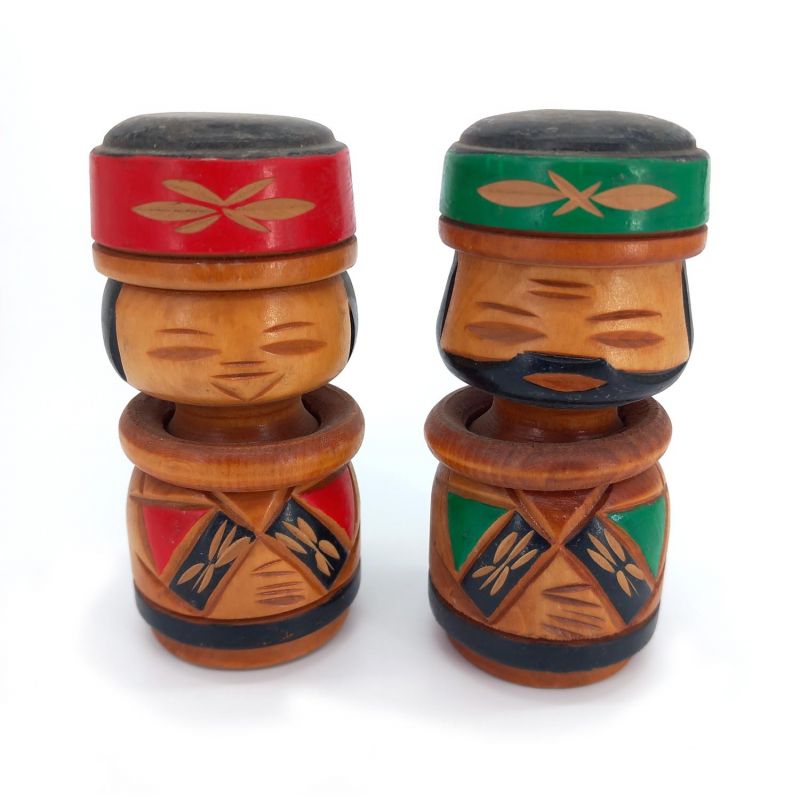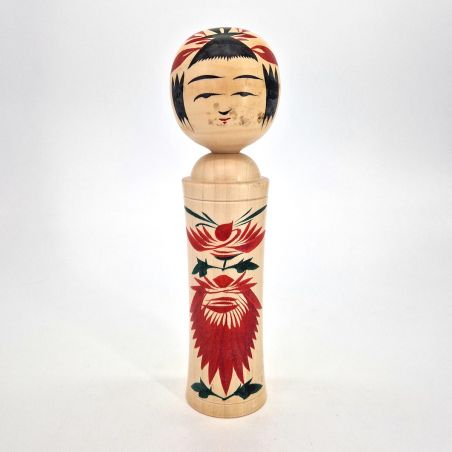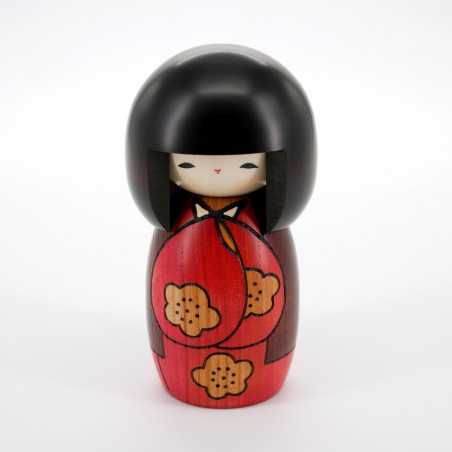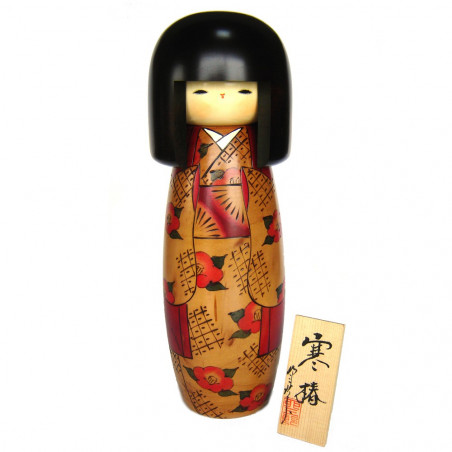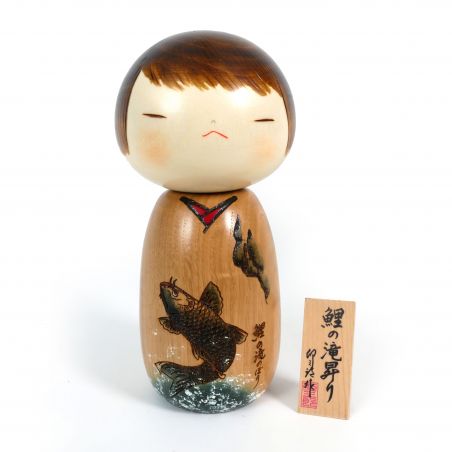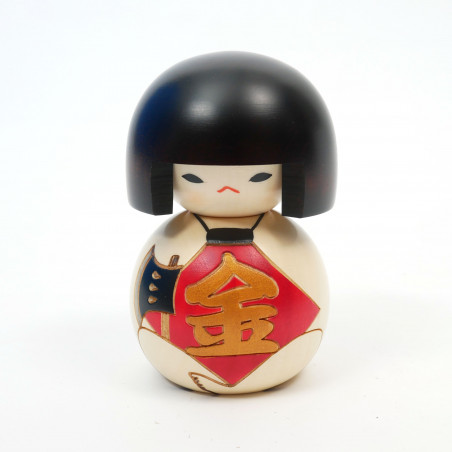Duo of Japanese wooden doll, AINU KOKESHI VINTAGE, 12.5 cm

Duo of Japanese wooden doll, AINU KOKESHI VINTAGE, 12.5 cm
Brand:
PRODUCT SPECIFICATIONS
| height | 12.5 cm |
|---|---|
| Product origin | Made in Japan |
| Compositions | wood |
Learn more
The Ainu (or Ainu) are an indigenous people of Japan, mainly settled in Hokkaido, the northernmost island of the country, as well as in Russia (notably in the Kuril Islands and the southern part of Sakhalin). Their culture and history are distinct from those of ethnic Japanese, and they have their own traditions, language and beliefs.
Ainu Statues
Statues depicting the Ainu in Japan are often works that seek to capture and preserve characteristic elements of this indigenous culture. Here are some important points about them:
1.Themes and Subjects:
Ainu statues often depict human figures, sometimes in traditional outfits, including clothing made from natural fibers and decorated with distinctive patterns.
There are also representations of animals important to Ainu culture, such as the bear, which is a sacred symbol in their animist beliefs. The bear is often seen as a divine spirit (Kamuy) who descends to Earth.
2.Materials:
The statues are generally made of wood, carved by hand, because wood carving is a well-established tradition in Ainu culture.
Some contemporary artists use other materials, such as bronze or stone, to depict the Ainu in a more modern setting.
3.Cultural and Historical Context:
Historically, the Ainu have been marginalized and their culture has long been misunderstood or even repressed in Japan. Statues and other modern artistic representations often aim to restore visibility to this culture and preserve its heritage.
Today, there is a growing effort to recognize the Ainu and their culture, with dedicated museums and cultural centers, where these statues can often be seen.
4.Symbolism and Meaning:
Statues may have spiritual or ritual significance. For example, certain representations may be linked to specific rituals, such as offering ceremonies or funeral rites.
They also serve as a symbol of the resilience and cultural richness of the Ainu, highlighting their struggle for recognition and preservation of their identity.
In sum, Ainu statues in Japan are important cultural objects, not only for their artistic value, but also for their role in preserving and recognizing Ainu heritage.
SHIPPING AND RETURNS
Delivery times:
- 1 to 3 business days for France, Belgium, and Switzerland.
- 3 to 5 business days for other European countries.
- 3 to 5 business days for other countries via DHL.
This item is shipped from our warehouse in France.
You can return or exchange an item within 14 days of receiving your order. For more information, please consult our Return Policy.

.jpg)



























































































